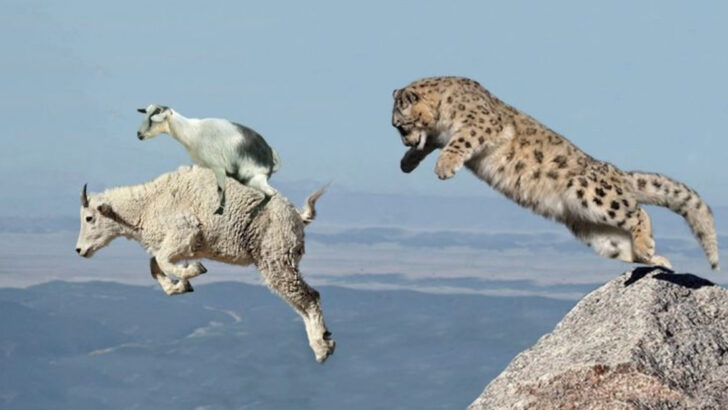Not every hunter hits the mark. Even the fiercest apex predators can miss… a lot.
Imagine the lion, king of the savanna, charging with all its might—only to fall short. Or a wolf, once a master of the chase, losing its quarry yet again. These hunters may be at the top of the food chain, but they’re not perfect.
So, how do they survive their mistakes? It’s not luck. It’s instinct. Adaptation. And some seriously creative backup plans.
From scavenging the leftovers of others to relying on their pack, these predators know that failing doesn’t mean starving. In fact, some of the world’s deadliest hunters wouldn’t be so successful without their occasional slip-ups. Let’s dive into 13 apex predators who don’t always get it right—but still manage to thrive.
African Lion
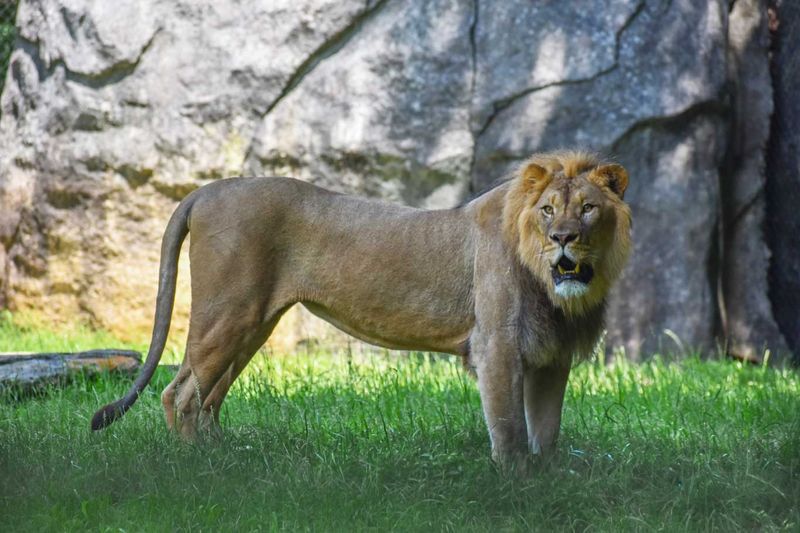
With a roar that can be heard up to five miles away, the African lion epitomizes power. Yet, did you know? Lions successfully hunt only about 20% of the time.
Their prey often escapes due to the open savannah landscape, which offers little cover for ambush. Social hunting, however, gives lions an edge.
By working in groups, they can strategically corner prey, compensating for individual hunting failures. These majestic cats also scavenge from other predators, showcasing their adaptability.
Thus, while they stumble, their resilience and teamwork ensure they remain kings of the savannah.
Great White Shark
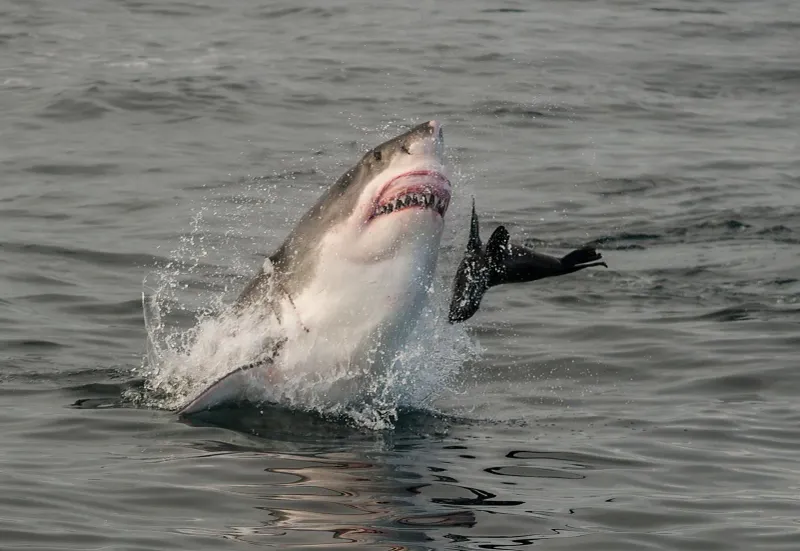
The great white shark, known for its fearsome reputation, often fails in its pursuit of seals. These swift marine mammals dodge attacks with agile maneuvers.
A failed hunt, however, doesn’t deter these sharks. Their acute sense of smell and ability to detect electrical fields allow them to locate other prey.
Interestingly, great whites can go weeks without food due to a slow metabolism. This endurance allows them to wait patiently for the next opportunity, ensuring survival even after a missed meal.
Bald Eagle
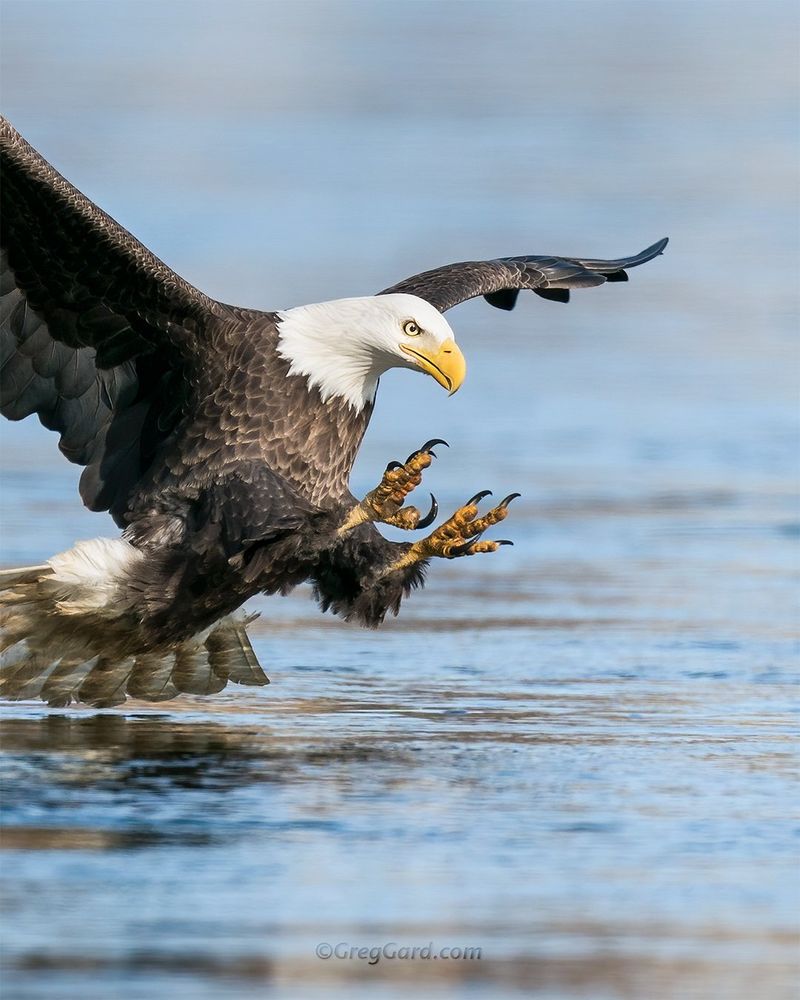
With freedom symbolized in its flight, the bald eagle is a master of the skies. Yet, it misses prey more often than not. Fish, its primary diet, can be elusive.
Despite these challenges, bald eagles are opportunistic feeders. They often steal catches from other birds or scavenge carrion, turning apparent failures into triumphs.
Their excellent eyesight and powerful talons still make them formidable hunters. By adapting their hunting strategies, they thrive despite the odds, embodying resilience and adaptability.
Polar Bear
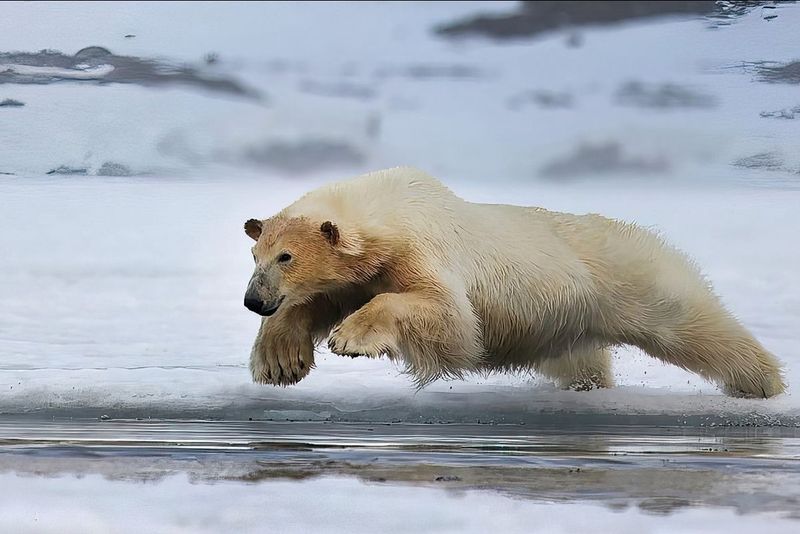
In the harsh Arctic, the polar bear reigns supreme. Surprisingly, these giants succeed only around 2% of the time when hunting seals.
Seals are quick and the environment unforgiving. Yet, polar bears are patient. They rely on stealth and can wait by seal breathing holes for hours.
Additionally, polar bears scavenge carcasses left by other predators or humans. Their fat reserves also allow them to survive long periods without food, showcasing incredible resilience in one of the planet’s toughest habitats.
Tiger
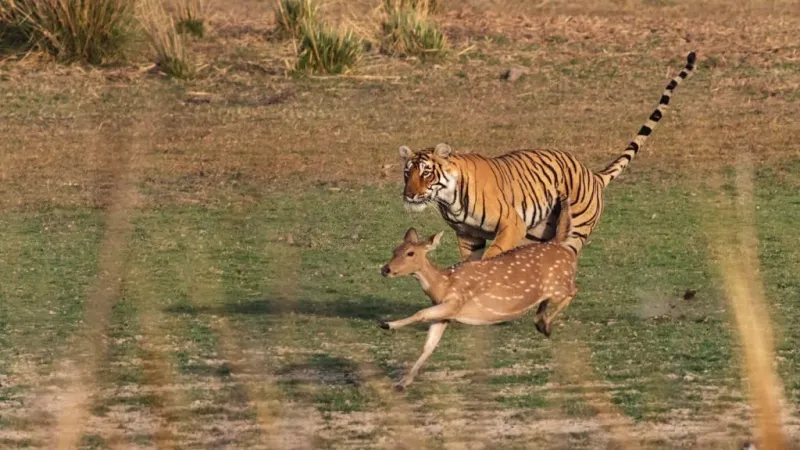
Tigers, with their striking stripes, are the epitome of stealth. They succeed in hunting only about 10% of the time. Dense jungles provide cover for prey to escape.
However, tigers are solitary hunters, relying on their immense strength to tackle larger prey. They adapt by hunting at night, using the element of surprise.
Interestingly, tigers also consume carrion and can swim to hunt aquatic prey. Their versatility ensures survival, making them enduring icons of the wild despite frequent hunting failures.
Peregrine Falcon

The peregrine falcon is the world’s fastest bird, yet it often misses its target. High-speed dives can go awry due to prey’s evasive maneuvers.
Despite this, peregrines are relentless. They hunt a wide range of birds, adjusting tactics as needed. Their incredible speed and agility serve them well.
Moreover, peregrines utilize high vantage points to spot prey from afar, maximizing their hunting opportunities. Their adaptability in urban environments also showcases their resilience in overcoming hunting challenges.
Komodo Dragon
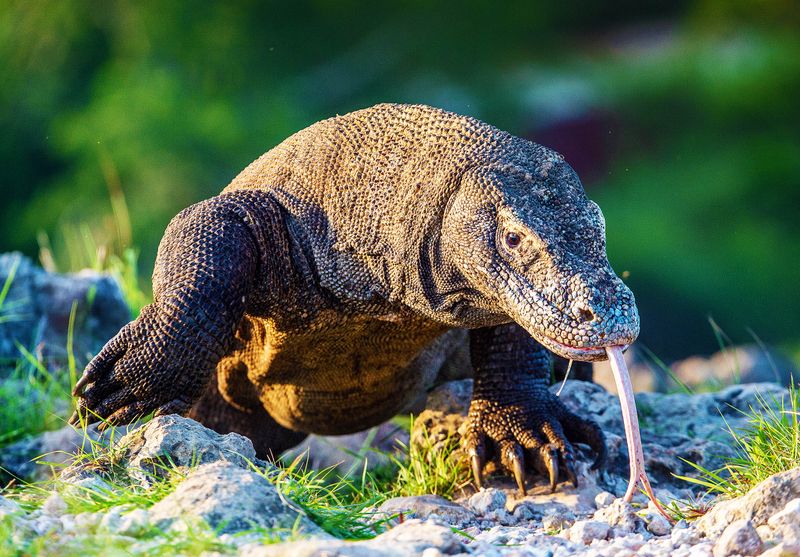
The Komodo dragon, a relic of the ancient past, is a formidable predator. Yet, it often struggles to catch nimble prey like deer.
These dragons rely on their venomous bite and patience. They can follow wounded prey for miles until it succumbs.
Interestingly, Komodo dragons are also cannibalistic, sometimes preying on younger dragons. Their adaptability, including the ability to consume carrion, ensures their survival in a competitive ecosystem, illustrating their resilience despite hunting challenges.
Snow Leopard
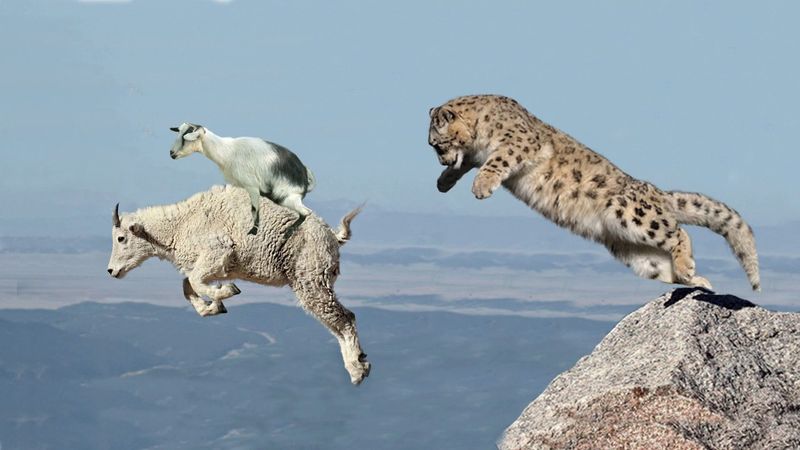
In the rugged mountains, the elusive snow leopard is a master of camouflage. However, it succeeds only 10% of the time in its hunts.
Prey such as ibex and blue sheep are adept at navigating the steep, rocky terrain, often escaping.
Snow leopards rely on stealth and strength, and can leap up to 50 feet to capture prey. They also scavenge occasionally, showcasing their ability to adapt in a harsh environment where food is scarce, ensuring survival despite frequent hunting failures.
Orca
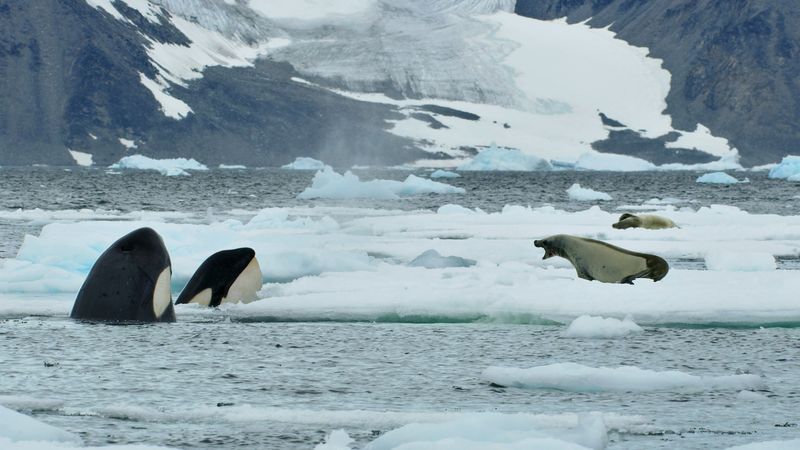
Orcas, often called killer whales, are top predators of the sea. Surprisingly, they often miss seals, their primary prey.
Orcas hunt in pods, using sophisticated techniques to outsmart prey. Their collaborative hunting compensates for individual failures.
Additionally, orcas have a diverse diet, feeding on fish, squid, and even whales. This adaptability ensures their survival across different marine environments, highlighting their resilience and strategic prowess in overcoming hunting challenges.
Cheetah
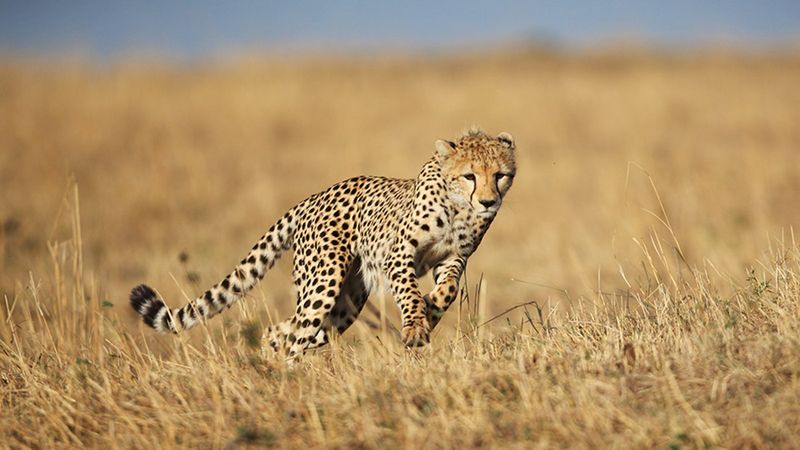
With a burst of speed unmatched in the animal kingdom, the cheetah is nature’s sprinter. Yet, it fails in more than half of its hunts.
Prey like gazelles escape by zigzagging. However, cheetahs rely on speed and sight over long distances.
Cheetahs also rest after a chase to recover. Their ability to hunt during daylight when predators are less active gives them an edge, ensuring their survival despite frequent failures in hunting.
American Alligator
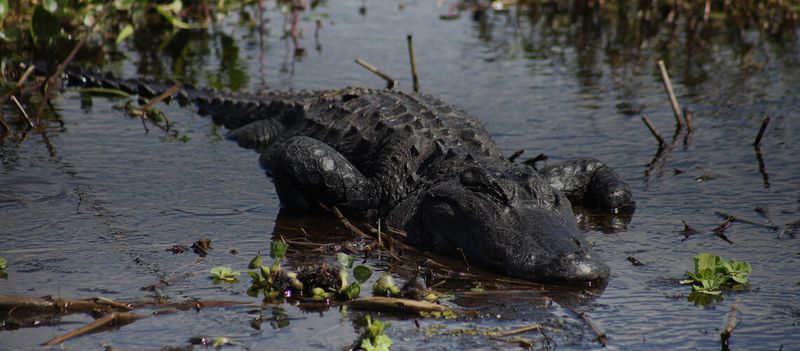
The American alligator, with its prehistoric lineage, is a patient hunter. Yet, its success rate is below 50%.
Prey, aware of water disturbances, often escape. However, alligators excel in ambush tactics, remaining motionless before striking.
In addition to hunting, they scavenge and consume a variety of prey, including fish, birds, and mammals. This varied diet and their ability to survive on little food for extended periods ensure their persistence in swampy habitats despite hunting challenges.
Jaguar
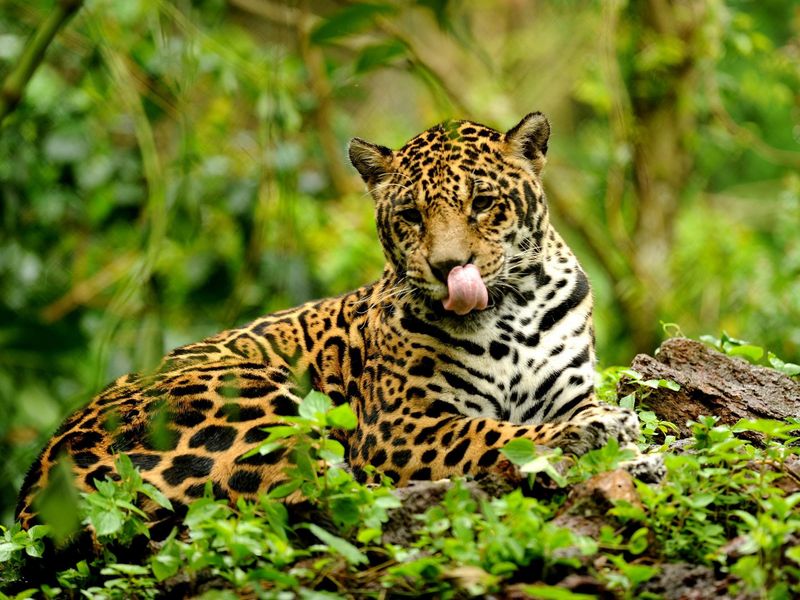
Jaguars, with their powerful build, are apex predators of the rainforest. Surprisingly, they often miss prey due to thick jungle cover.
These solitary hunters rely on powerful jaws to crush skulls, and they adapt by hunting diverse prey, from capybaras to caimans.
Their ability to swim and hunt aquatic prey adds to their versatility. Jaguars’ adaptability and strength ensure they remain top predators, even with frequent hunting failures.
Hyena
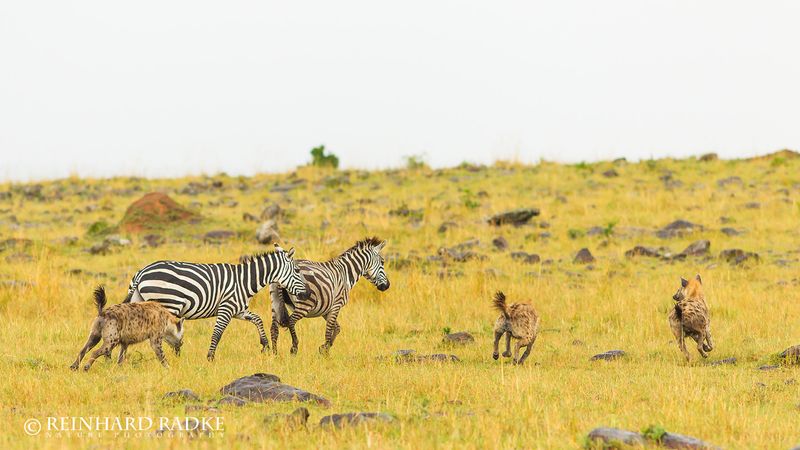
The spotted hyena, often misunderstood, is a formidable predator and scavenger. Their hunts succeed only about 30% of the time.
Prey often escapes due to their endurance. However, hyenas hunt in packs, using numbers to their advantage.
In addition to hunting, hyenas scavenge effectively, consuming carrion and leftovers from other predators. This opportunistic feeding and social structure ensure their survival in the competitive savannah ecosystem.

